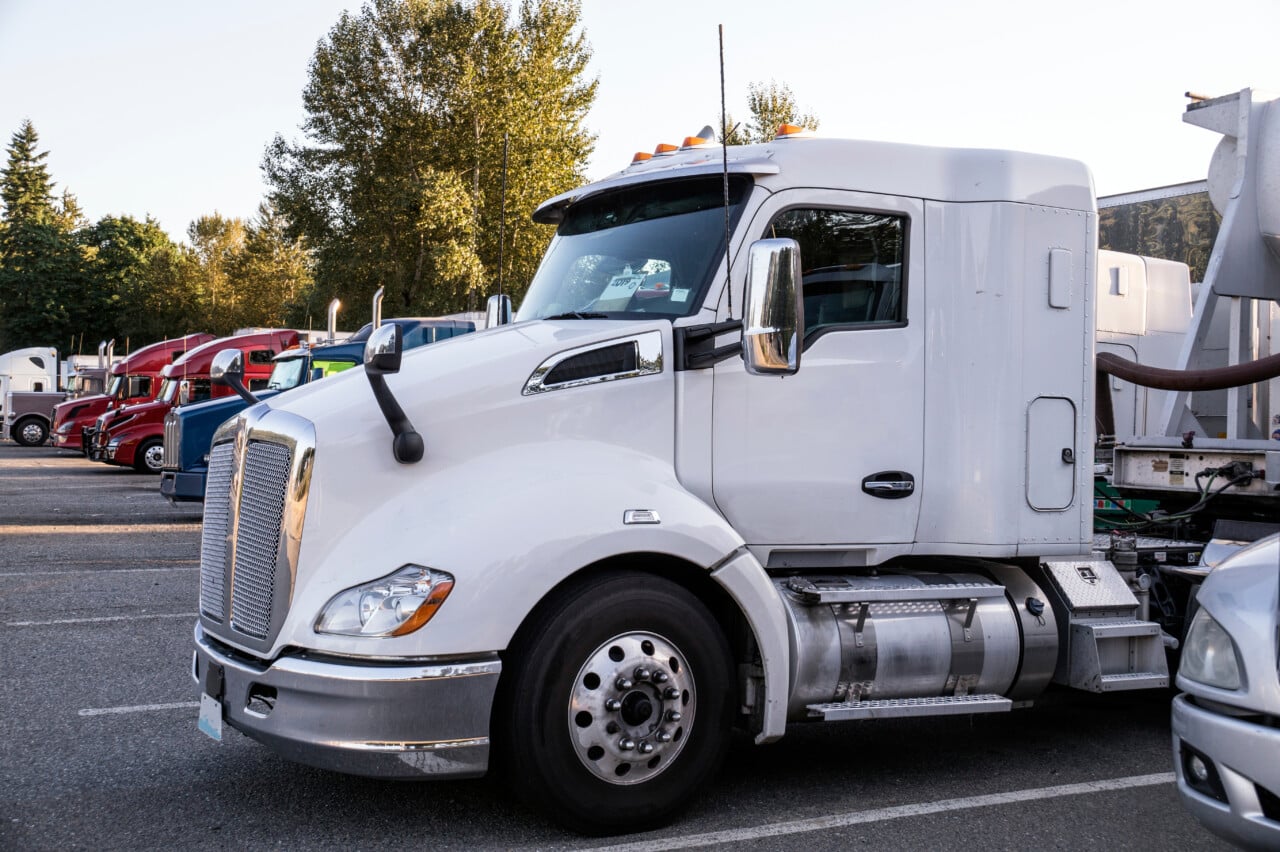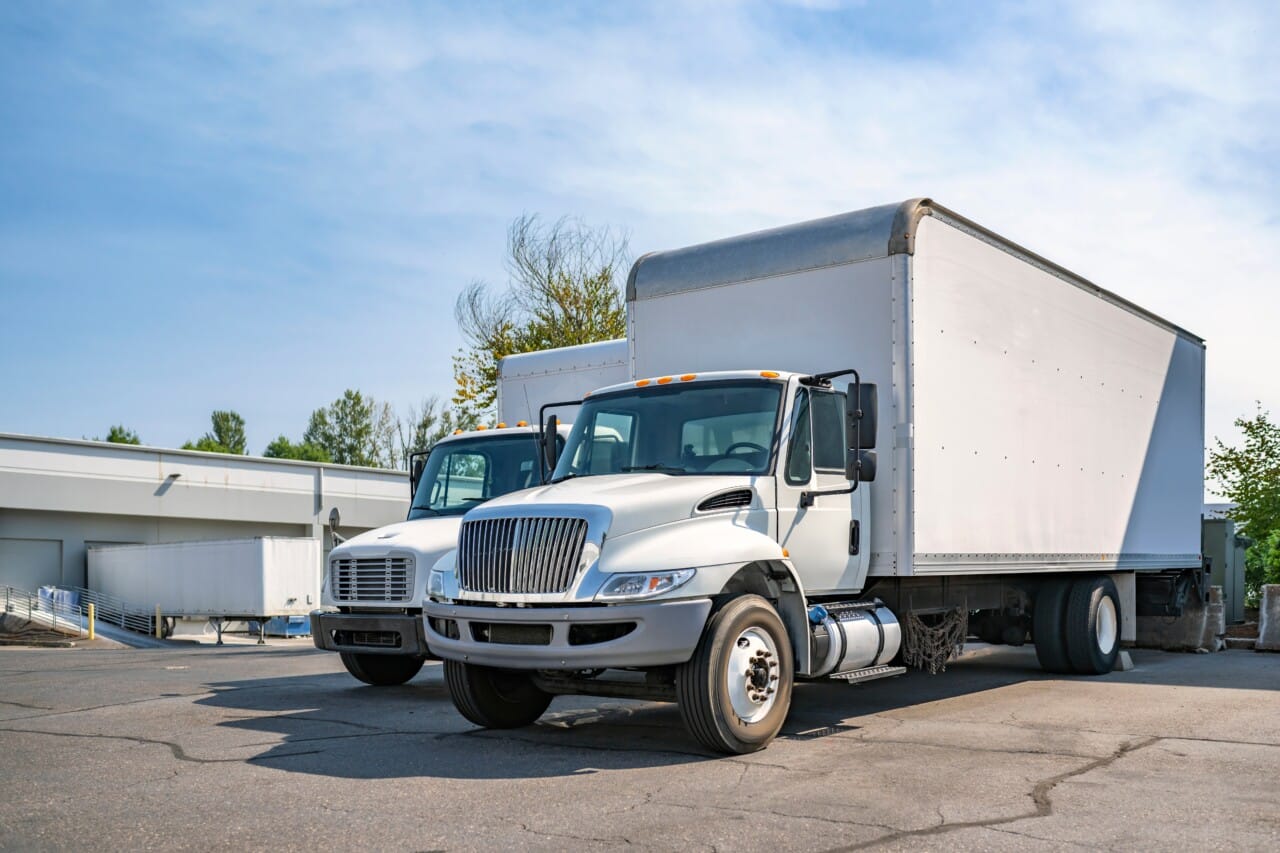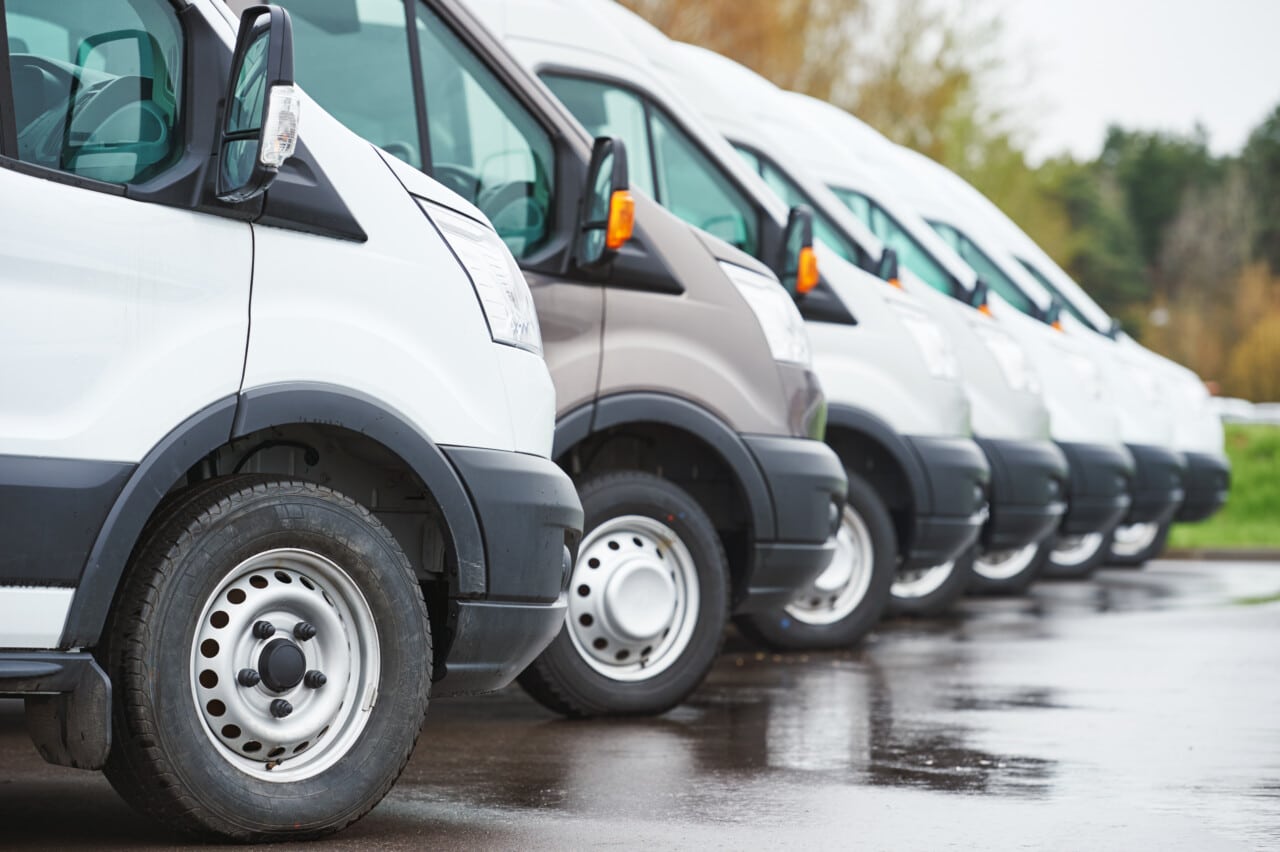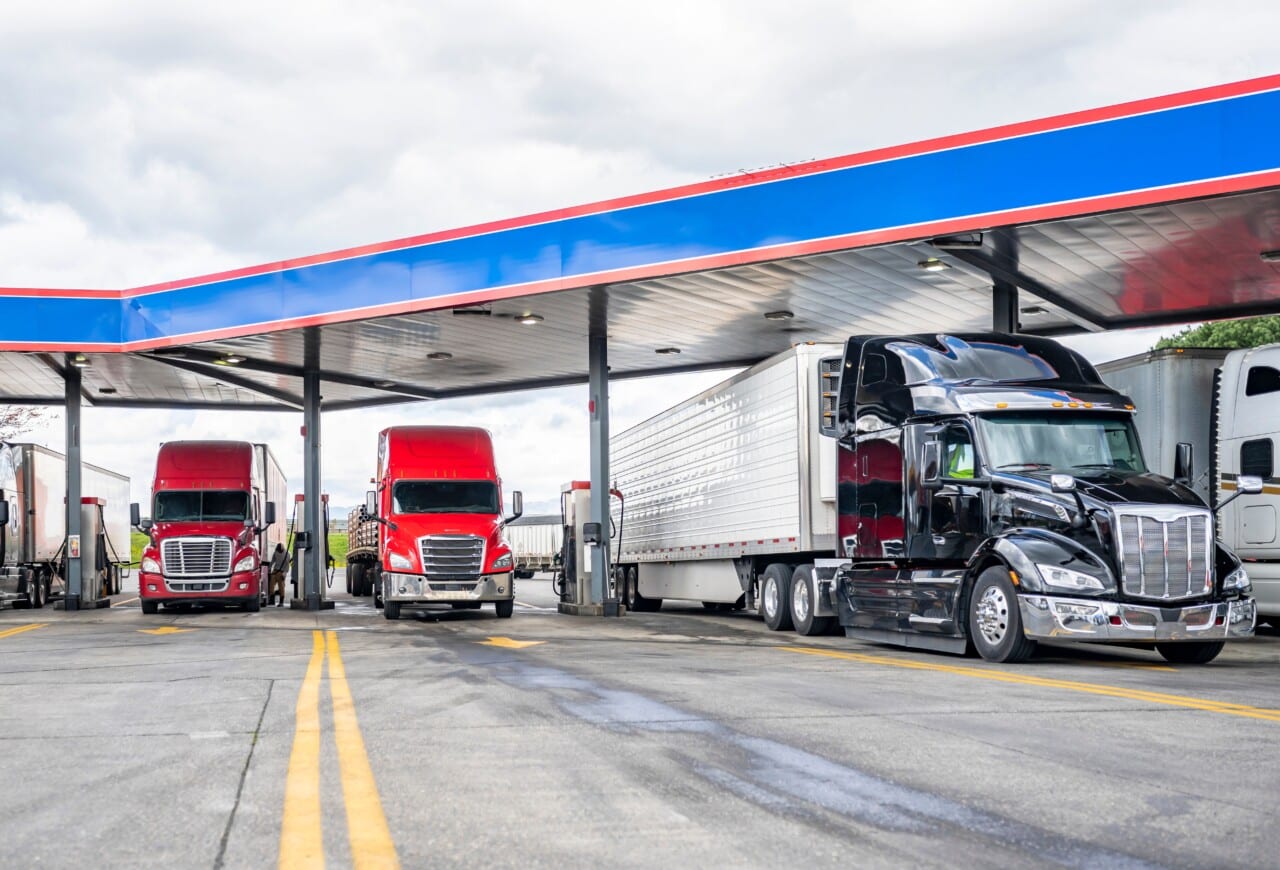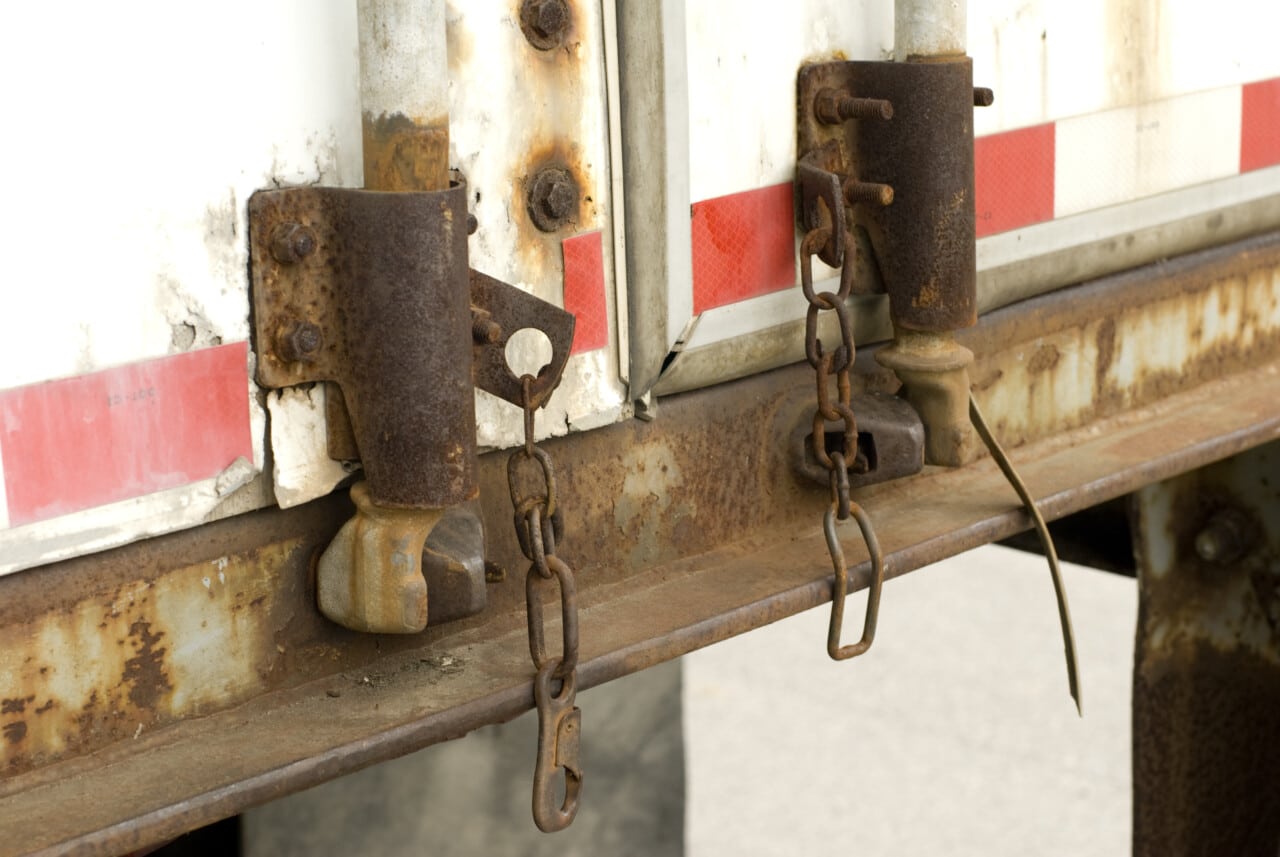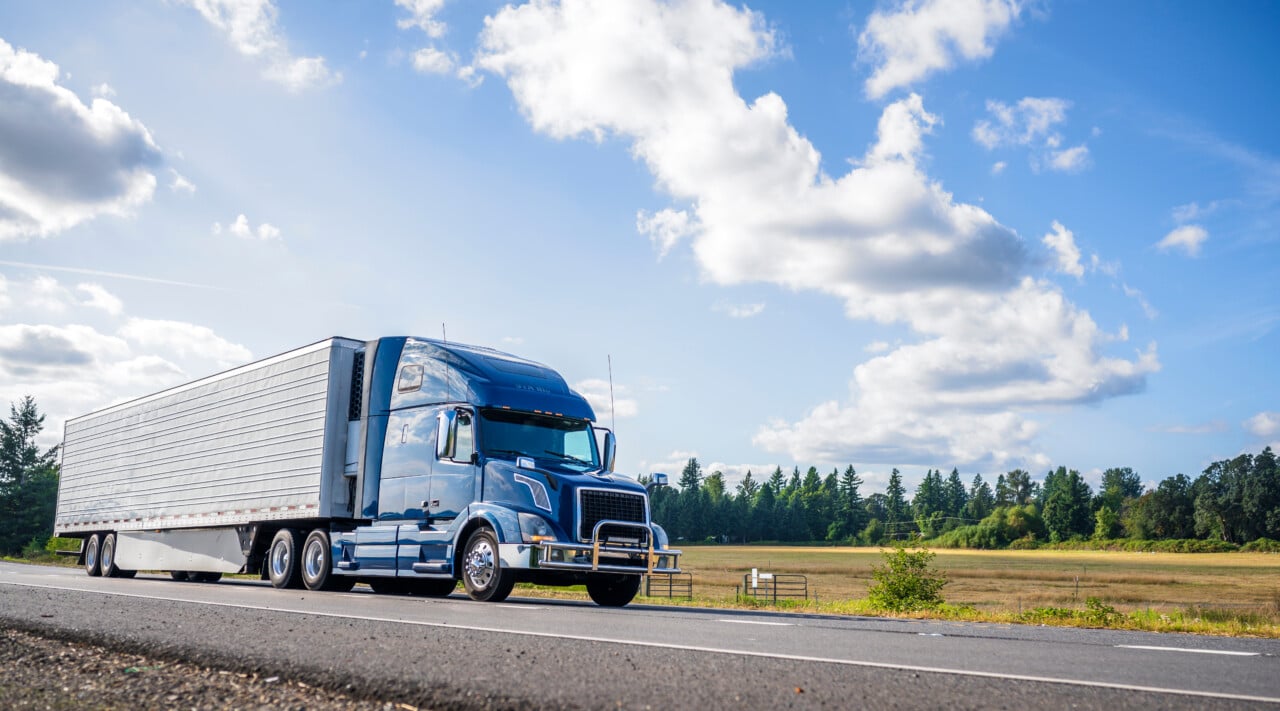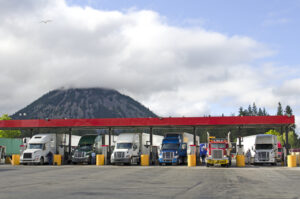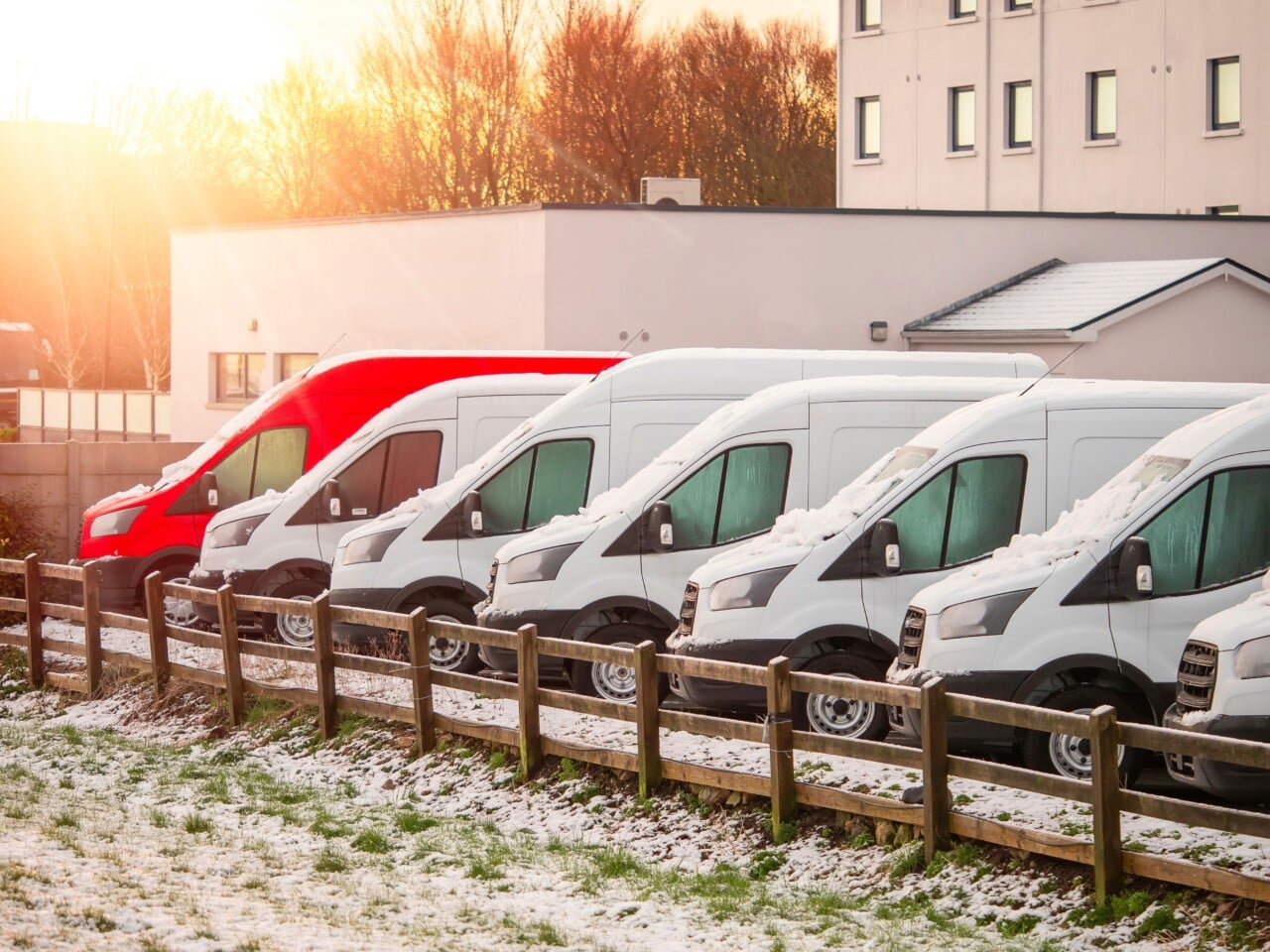
The cold winter months present unique challenges for fleet operations, which is why it’s so important to have dependable roadside assistance for your fleet. Not only do the icy roads, heavy snowfall, and freezing temperatures pose significant risks to vehicle performance, but the conditions can also lead to increased breakdowns, hazardous driving situations, and costly delays. All of these factors can potentially disrupt schedules and impact business efficiency. As the fleet manager, by taking proactive steps to winterize your fleet, you are able to minimize risks, maintain safety standards, and ensure seamless operations.
In this blog, we’ll explore some practical tips and strategies for helping you keep your fleet prepared and operational during the harshest of winter weather.
Winter Driving Tips
Navigating snowy and icy road conditions requires heightened caution, as well as several key adjustments to typical driving habits to ensure safety. By implementing these practices, fleets can significantly reduce the risks associated with winter driving:
- Reduce Speed: By driving slower, drivers have more time to react to the slippery road conditions, thereby reducing the likelihood of losing control or being unable to stop in time.
- Increase Following Distance: Try to maintain at least double the usual distance from other vehicles. This extra space is critically important in icy conditions, where stopping distances may be significantly longer.
- Avoid Sudden Movements: Abrupt steering, braking, or accelerating can cause vehicles to skid. Smooth, gradual inputs on the gas and brake will help maintain traction and control on slick surfaces.
- Use Winter Tires: Equip fleet vehicles with winter or all-weather tires designed to perform better in cold temperatures and snowy conditions. This offers improved grip and braking capabilities.
- Train Drivers: Provide your drivers with regular refresher training on winter driving techniques, including how to handle skids, recognizing black ice, and driving in low-visibility conditions.
Fleet Roadside Service Emergency Kit
Even with proper precautions, emergencies can (and will!) happen, so having a fleet roadside emergency assistance kit on hand is essential for any fleet vehicle. A well-stocked kit ensures drivers can handle unexpected situations with ease, and it should include the following:
- Jumper Cables or Battery Pack: Cold weather drains batteries quickly, leaving vehicles stranded.
- Tire Chains and Repair Tools: Essential for gaining traction in icy conditions, as well as addressing minor tire issues on the spot.
- First Aid Supplies: Great for treating minor injuries during roadside stops.
- Blankets and Warm Clothing: Protect drivers from hypothermia or discomfort during extended waiting periods in freezing temperatures.
- Emergency Flares or Reflective Triangles: Ensures vehicles are visible to other drivers, reducing the risk of further accidents in the event of a breakdown.
- Non-Perishable Snacks and Water: Help drivers stay nourished and hydrated during long delays or emergencies.
- Also Consider:
- Portable phone charger
- Gloves
- Flashlight w/spare batteries
Fleet Roadside Assistance Winter Fuel Tips
Cold weather significantly impacts fuel efficiency and engine performance, so proper management is essential to keep your fleet operational. By following effective fuel management procedures, you can protect your fleet, reduce downtime, and lower operational costs during the winter. Follow these tips to optimize winter fuel use best:
- Use Winterized Fuel: Fuel blended for cold temperatures prevents gelling, which can immobilize vehicles in extreme conditions.
- Avoid Extended Idling: Excessive idling wastes fuel and also increases wear on engine components. Instead, invest in engine block heaters to maintain warmth without unnecessary idling.
- Regular Maintenance: Make sure fuel filters are clean and injectors are inspected to prevent clogs that can disrupt engine performance in cold weather.
- Plan Refueling Stops: Keep tanks at least half full to prevent condensation, which can freeze and block fuel lines in freezing conditions.
- Cold-Weather Fuel Additives: Practice and encourage the use of fuel additives where necessary.
The Best Commercial Roadside Assistance in the U.S. & Canada
Remember: preparation is key! From cautious driving to comprehensive emergency kits and fuel efficiency tips, following these strategies will help ensure safe and efficient fleet operations. Just be sure you also have fleet roadside service you can depend on, just in case!
Stay prepared and keep your fleet moving, no matter the weather – contact us to learn more about Best Roadside Service’s professional fleet roadside services today!





